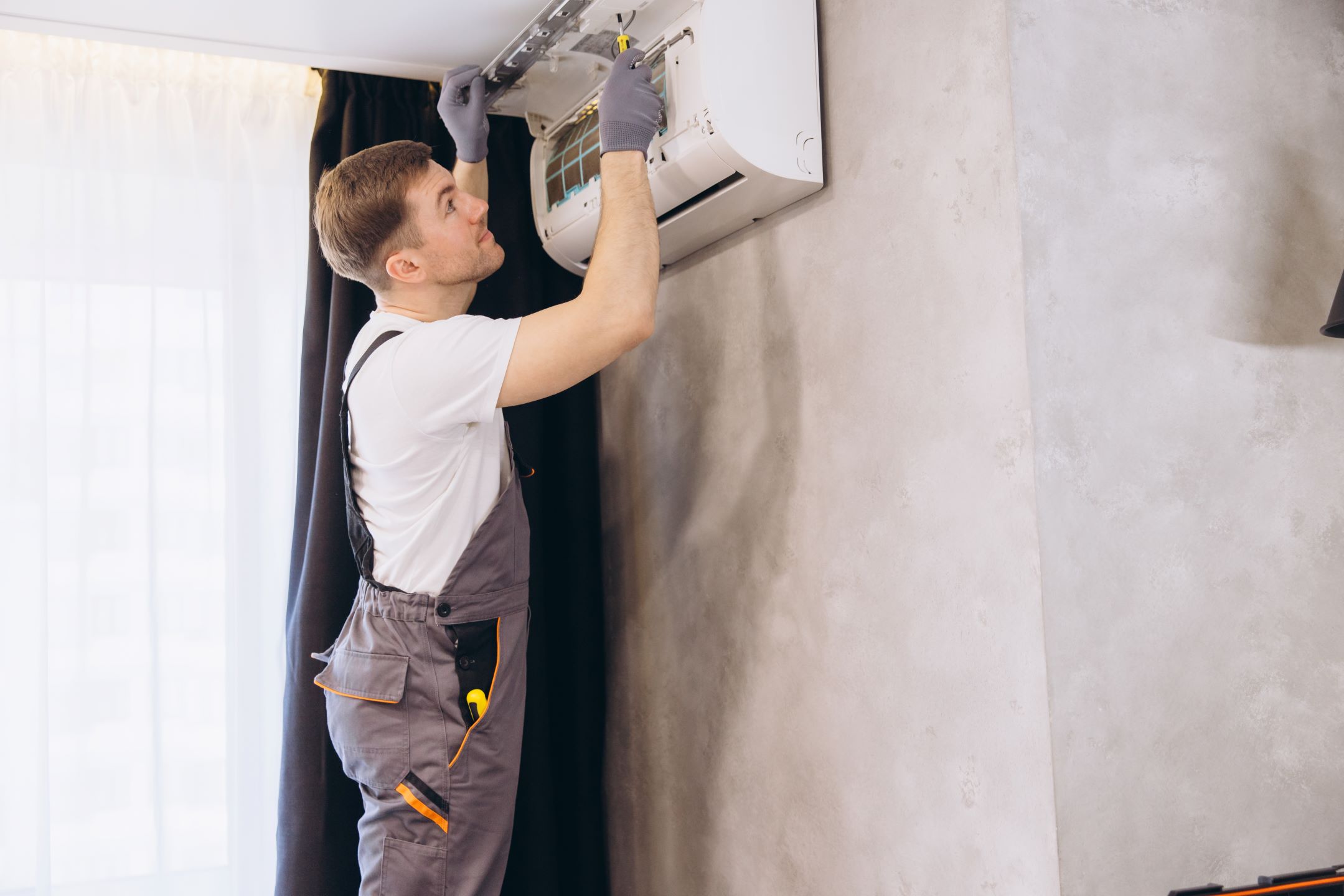
HVAC Repairs Vs. Replacement: How To Decide What’s Best For Your Apartment
Choosing between repairing or replacing an HVAC system in an apartment can be challenging. Factors such as the age of the unit, repair costs, energy efficiency, and long-term savings must be considered. By making the right decision, you can ensure comfort, cost-effectiveness, and improved indoor air quality for your apartment.
Read on to learn how to decide what’s best for your apartment.
Assess the Age of Your HVAC System
HVAC systems typically last between 10 to 15 years, depending on maintenance plans and usage. If the system is nearing the end of its lifespan, frequent breakdowns and rising energy bills may indicate that replacement is a better option. However, if the unit is relatively new, repairs may be more cost-effective.
Also, when deciding whether to maintain or replace any part of an HVAC system, it’s crucial to rely on a skilled and certified team for accurate diagnostics and recommendations.
Evaluate Repair Costs vs. Replacement Expenses
The “50% rule” suggests that if HVAC repair costs exceed half the price of a new system, replacement is usually more economical. This is because sinking excessive money into an aging unit may only delay inevitable failure while continuing to lose efficiency each year.
Furthermore, if frequent emergency repairs can add up over time, investing in a new, more efficient system can typically provide better long-term value by reducing recurring costs and improving performance through advanced technology and reliability. A professional assessment can help determine whether continued and accurate repairs make financial sense or if replacement is the wiser investment. Here’s how to evaluate between repair costs and replacement expenses:
Energy Efficiency Considerations
Older HVAC systems often operate at lower SEER ratings (typically 8-12), meaning they consume significantly more energy to achieve the same cooling output as newer models. Modern high-efficiency units (SEER 15+) use advanced variable-speed technology and smart compressors to reduce energy waste, dramatically lowering monthly utility costs.
Over time, these substantial savings can completely offset the upfront cost of replacement, making an upgrade a smart financial decision—especially for systems over 10 years old that struggle with outdated basic components. Lastly, newer models can provide more consistent temperature control through improved airflow design and often qualify for valuable energy rebates from local utilities.
Frequency of Breakdowns
Frequent HVAC breakdowns can signal deteriorating electronic components and declining reliability, often indicating the system is nearing the end of its lifespan. Each repair adds up in cost, while system inefficiency leads to uneven heating or cooling and persistent discomfort.
If the unit can no longer maintain stable temperatures despite multiple fixes and professional tune-ups, investing in a new system can eliminate recurring common issues, deliver superior comfort, improve performance, and reduce long-term expenses compared to continually patching an aging unit that’s becoming increasingly obsolete.
Check HVAC System Performance and Comfort Levels
An aging or improperly sized HVAC system often struggles with temperature regulation, creating uncomfortable hot and cold zones throughout the apartment. When routine maintenance and component replacements fail to correct these uneven conditions, it typically indicates systemic failure. Upgrading to a properly sized, modern system can ensure balanced airflow and consistent comfort while operating more efficiently than outdated equipment. The improved performance typically justifies the replacement cost.
Furthermore, poorly maintained, outdated HVAC systems lack modern filtration capabilities, allowing excessive dust, pollen, mold spores, and microbial growth to circulate continuously through ductwork. These microscopic contaminants can aggravate allergies and asthma and respiratory conditions in vulnerable individuals. Contemporary units feature hospital-grade multi-stage filtration, UV light purification, ionizers, and tighter seals that capture up to 99.9% of airborne particles effectively. If you’re prioritizing health and wellness in your apartment, upgrading delivers cleaner, healthier air while simultaneously improving climate control efficiency and system reliability year-round.
Evaluate Noise Levels and Modern Features
As HVAC systems age, deteriorating fan motors, loose electrical components, and failing bearings can create disruptive operational noises that impact comfort. Newer models utilize sound-dampening technology, variable-speed compressors, and precision engineering for whisper-quiet performance. Advanced features like smart zoning and remote temperature management via smartphone apps can further enhance convenience while eliminating the clatter of outdated equipment. This modernization significantly improves living conditions in your apartment.
Factor in Environmental Impact and Rebates
Modern HVAC systems utilize R-410A or other environmentally sustainable refrigerants that don’t deplete ozone layers, unlike older R-22 units. Their optimized energy performance cuts power consumption by 20-40%, significantly lowering greenhouse gas emissions. Many municipalities and power providers can incentivize upgrades through instant rebates, tax credits, or low-interest financing programs—effectively reducing the net cost while promoting sustainable home comfort solutions for eco-conscious residents.
Seek Professional Assistance
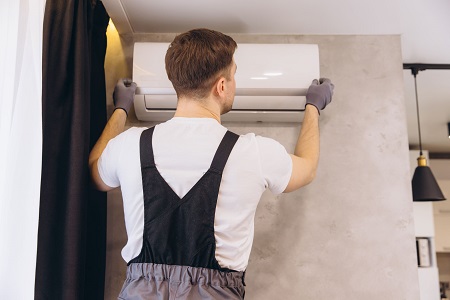 A licensed HVAC technician can perform a comprehensive evaluation of your system’s performance, efficiency, and remaining lifespan using diagnostic tools and industry expertise. Their unbiased assessment compares repair costs against replacement quotes while factoring in energy savings, potential rebates, and future maintenance needs. This professional guidance can help apartment owners make data-driven decisions that balance immediate costs with long-term value, ensuring optimal comfort and financial efficiency. Many reputable HVAC companies can even provide free estimates, making it easier to weigh all options before committing to a solution.
A licensed HVAC technician can perform a comprehensive evaluation of your system’s performance, efficiency, and remaining lifespan using diagnostic tools and industry expertise. Their unbiased assessment compares repair costs against replacement quotes while factoring in energy savings, potential rebates, and future maintenance needs. This professional guidance can help apartment owners make data-driven decisions that balance immediate costs with long-term value, ensuring optimal comfort and financial efficiency. Many reputable HVAC companies can even provide free estimates, making it easier to weigh all options before committing to a solution.
Conclusion
Choosing whether to repair or replace an apartment’s HVAC system depends on multiple factors, including age, repair costs, efficiency, and comfort. While repairs may suffice for minor potential issues, replacement often becomes necessary for older, inefficient systems. By keeping the information presented above, you can ensure the best decision for your immediate HVAC needs and future savings.



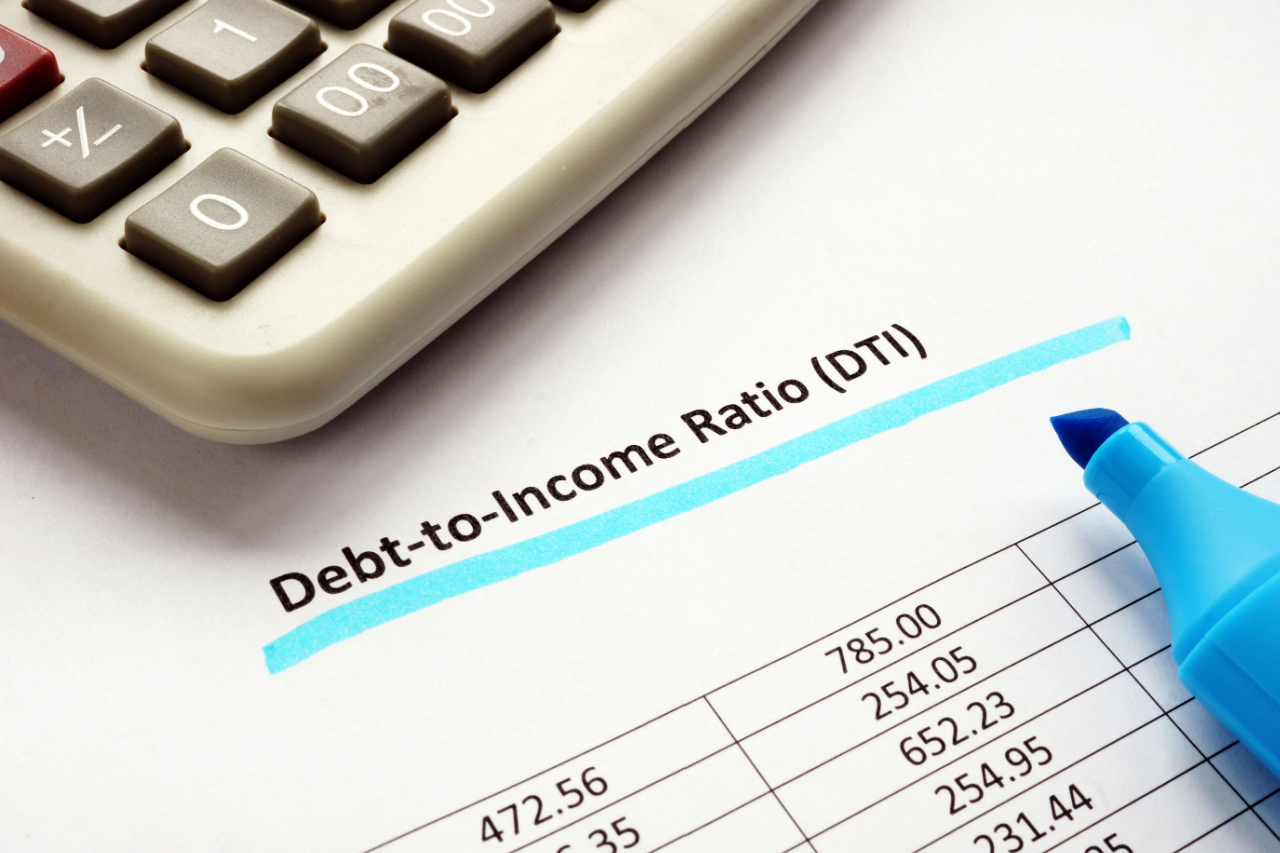
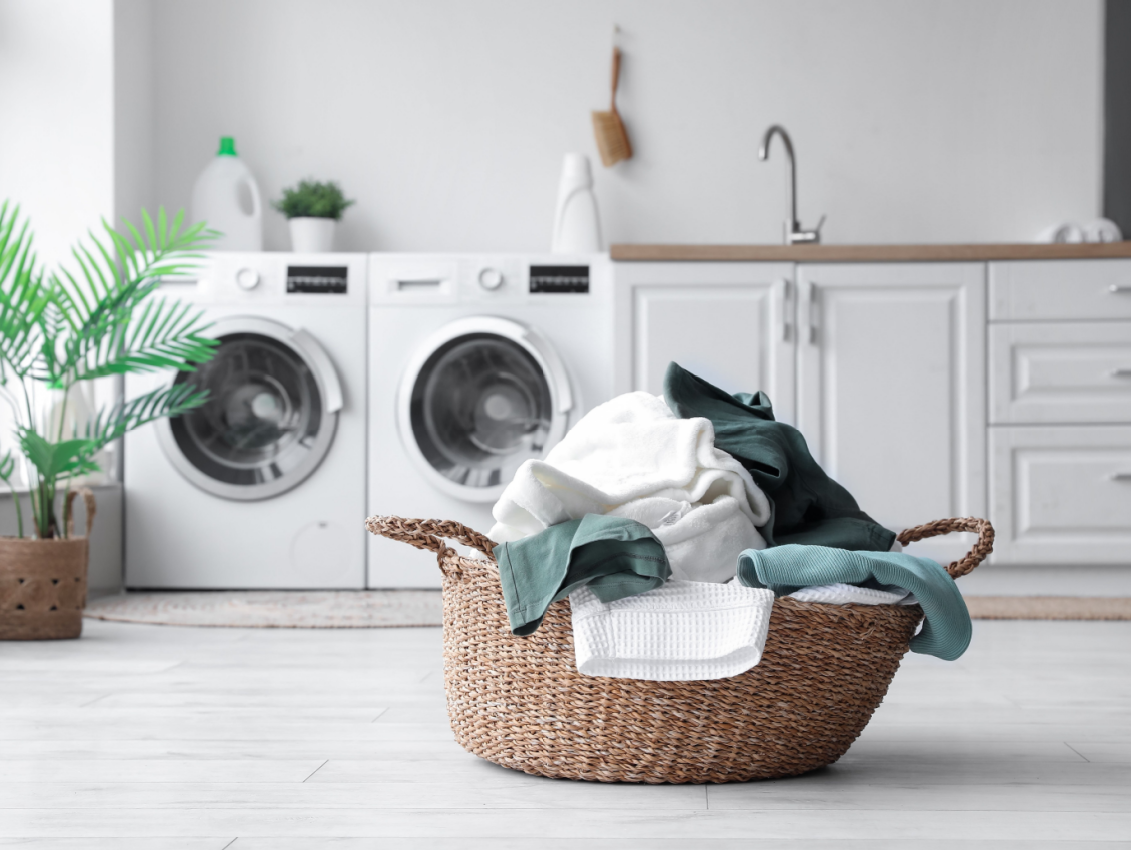
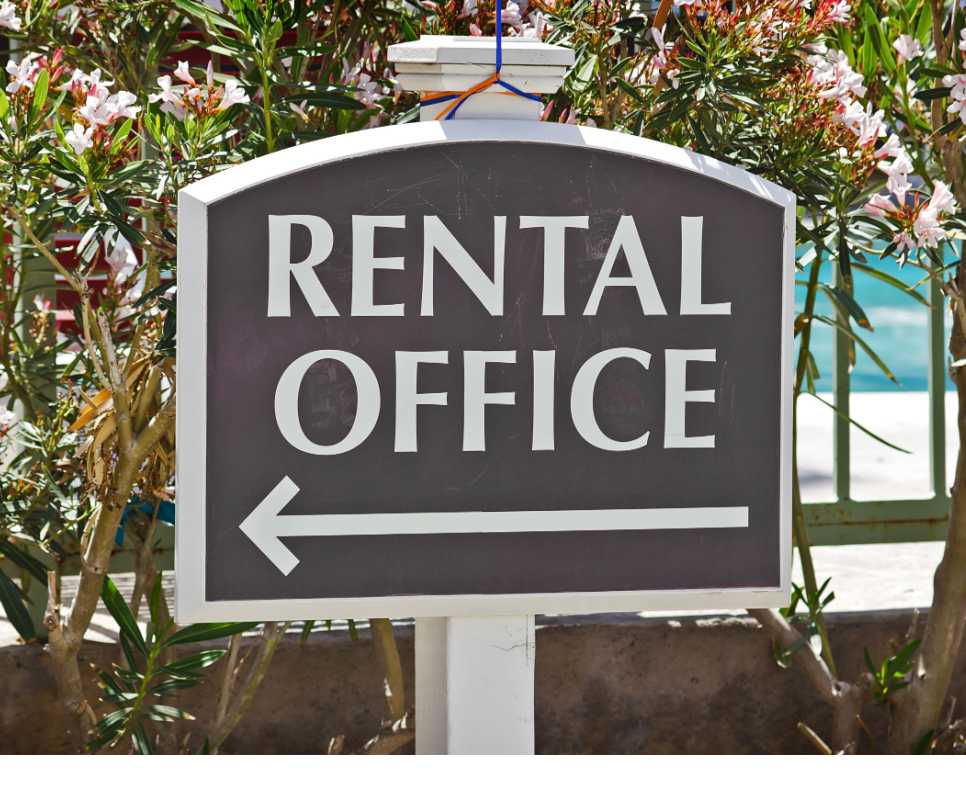


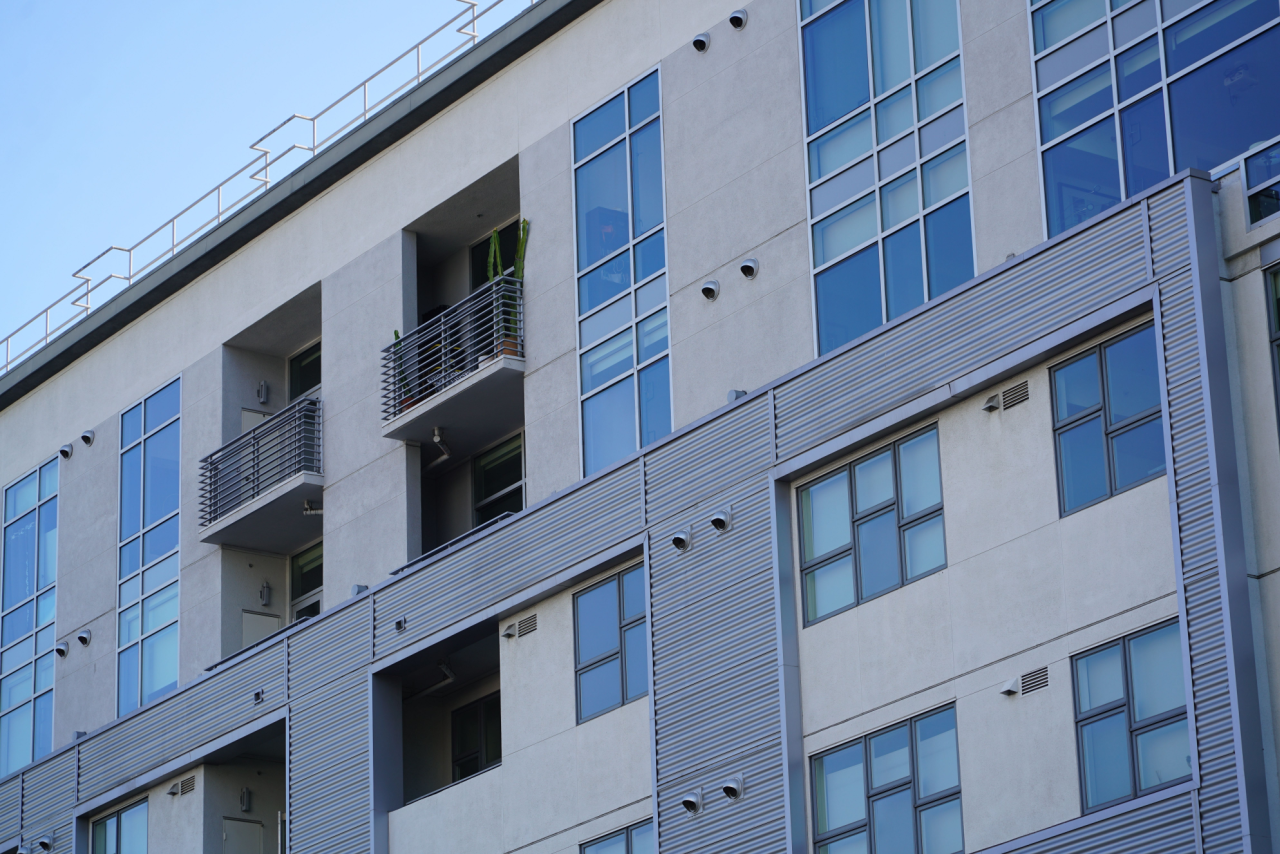






 Accessibility
Accessibility